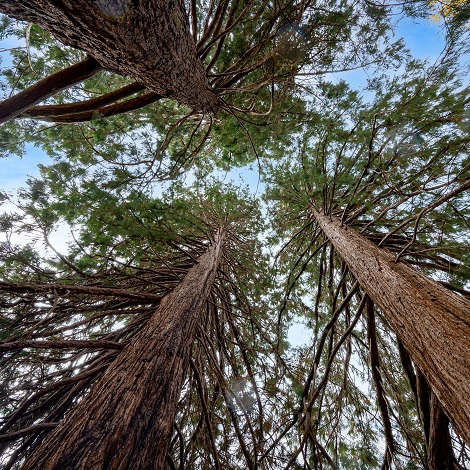
Port Orford Cedar (or American hinoki) grows naturally throughout Oregon state as well as the entire pacific northwest. The characteristics of Port Orford Cedar are quite simlar to Japanese hinoki, and the wood is an easy substitute for the more expensive Japanese Hinoki. The fragrance is also described to be similar to Japanese Hinoki.
Port Orford Cedar has been used by Native Americans for generations as an insect repellent as well as skin and fur protection.Research in Japan has also demonstrated its insecticidal effect on mites, cockroaches, and mosquitoes etc. The research also revealed a potential effectiveness in deterring termites in wood, which makes it perfect for environmentally friendly products which will not harm the human body.
* Free samples(2ml) are available. Please feel free to inquire via our contact page.
Western Red Cedar has show itself to be extremely resistant to mold and rotting. This wood has been used by the Native Canadians to carve totem poles and canoes over the generations due to its durability. The Native Canadians also used the Western Red Cedar as a medicine to treat pneumonia, colds, abdominal pain, headaches etc. In addition, its fragrance is often used on the materials of inner walls to deter moths in places such as closets.
Western Red Cedar Eessential oil containins γ-hinokitiol and boasts a hinokitiol content of 85%.
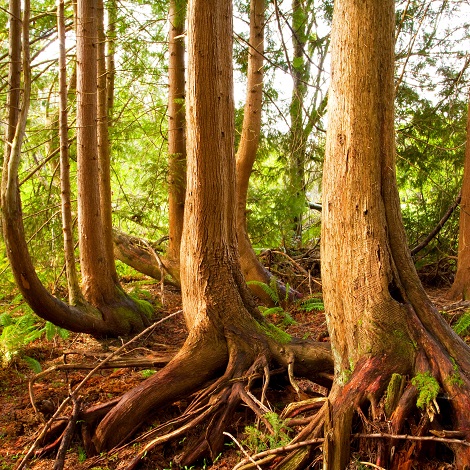
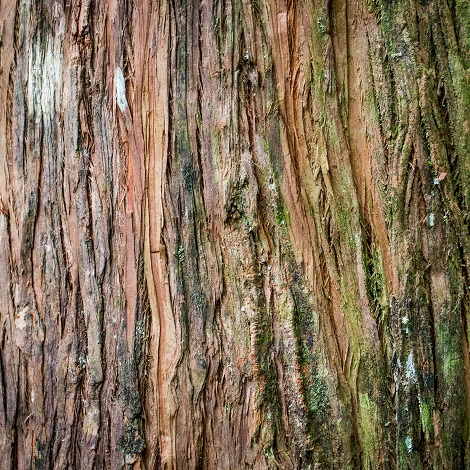
Taiwan Hinoki is a tree species that became the source of the discovery of "hinokitiol". Although the harvest and collection of Taiwan Hinoki is restricted in Taiwan due to its protected status, we work closely with producers to ensure a steady supply. Interestingly, the antimicrobial compound Hinokitiol is not found in Japanese Hinoki, but is readily found in Taiwanese Hinoki. The results of Hirosaki University's research have produced results showing that hinokitiol has the power to suppress growth of bacteria, fungi, mites, etc.,
Even the "smell" of the vapors has antibacterial effect. Compared to Japanese Hinoki, the fragrance of Taiwanese Hinoki is deeper and fuller. Just a few drops will transport you to the lush forests of Asia.
Yoshino Hinoki has strong, insect repelling qualities as well as being used traditionally in woodworking for many generations. The impact of Hinoki as a building material can still be seen today in Japan, as many temples and shrines have been built from Hinoki Lumber. The Horyuji Temple is a perfect example of this and stands as the oldest wooden building in Japan.
The fragrance of Hinoki can be described as a refreshing and relaxing woody scent, something that triggers memories of nostalgic bathhouses for the Japanese people. The properties of Hinoki oils are said to relieve stress, offer recovery from fatigue and boost the immune system. Our Hinoki oil is sourced from carefully grown and managed Hinoki cypress trees from Nara Prefectures Yoshino forest.

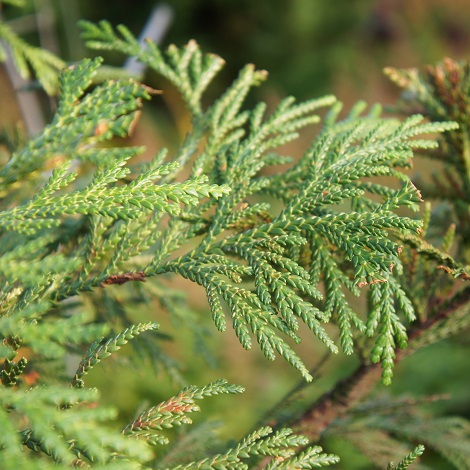
Aomori Hiba is ranked amongst the top three beautiful forests along side Kiso Hinoki, and Akita Sugi. A Coniferous plant of the Cypress family, the Aomori Hiba produces a lot of Hinokitiol, a compound said to have excellent anti bacterial, anti fungal and anti mite properties. The woody scent is said to have a calming and relaxing effect on people.
Chinese Juniper (Byakushin or Ibuki in Japanese) is an evergreen coniferous tree from the cypress family that grows anywhere from coastlines to peoples gardens. Harvested from a patch of vast natural forest in Sichuan, China, the essential oil is distilled from the roots of the trees obtained from the logging industry. The Chinese Juniper Essential Oil contains α - cedrene: 13-29%, β - cedrene: 4 - 11%, Tsuyupsen: 18 - 39% and cedrolol: 10 - 40%,In China, the Chinese Juniper essential oil is considered environmentally conscious and is used in a wide variety of products such as cosmetics and medical applications etc.


Premium Yoshino Hinoki essential oil is different from the usual steam-distilled hinoki essential oil due to the differences of the extraction method. The premium essential oil is extracted by using a decompression and thermal circulation method. The premium oil extracts oil Hinoki lumber, with a preference to the core material, extracted it from the red part in the center when available. For the decompression thermal circulation extraction method, the hinoki xylem is put into the machine, then the pressure inside of the vessel is decompressed, and heated water is circulated through material for extraction. The essential oil extracted by craftsmen who have spent years honing their craft and coaxing out the unique scent of the Japanese hinoki.
This variety of Hiba Essential Oil is extracted from trees harvested on the Noto Peninsula located in Ishikawa Prefecture in Japan.
The wood is traditionally used as building materials to construct Shrines and temples as well as for traditional crafts such as well as Wajima Nuri Lacquer ware.
Noto Hiba essential oil contains a lot of hinokitiol in its composition, which is said to have excellent bactericidal and antibacterial effects, as well as anti-fungal (mold) and mite preventative properties.
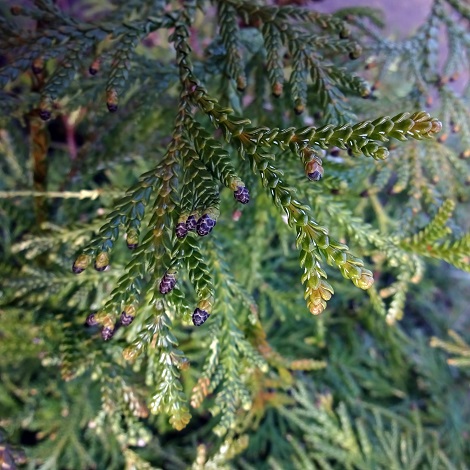
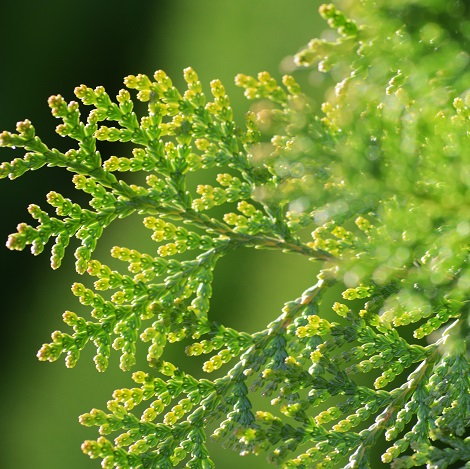
Essential oils extracted from the leaves of Hinoki grown over decades by basking in the sun in the pristine environment of the Shimanto basin in Kochi Prefecture, Japan. The plants in the basin breath in the crisp surrounding, while absorbing nutrients and water from fertile soil deposited in the river basin. It is a highly rare and aromatic oil because it can only be obtained in a small quantities, unlike the ones typically collected from more abundant trees.
If there is anything you are looking for that is not listed here,
please let us know and we will do our best to assist you.